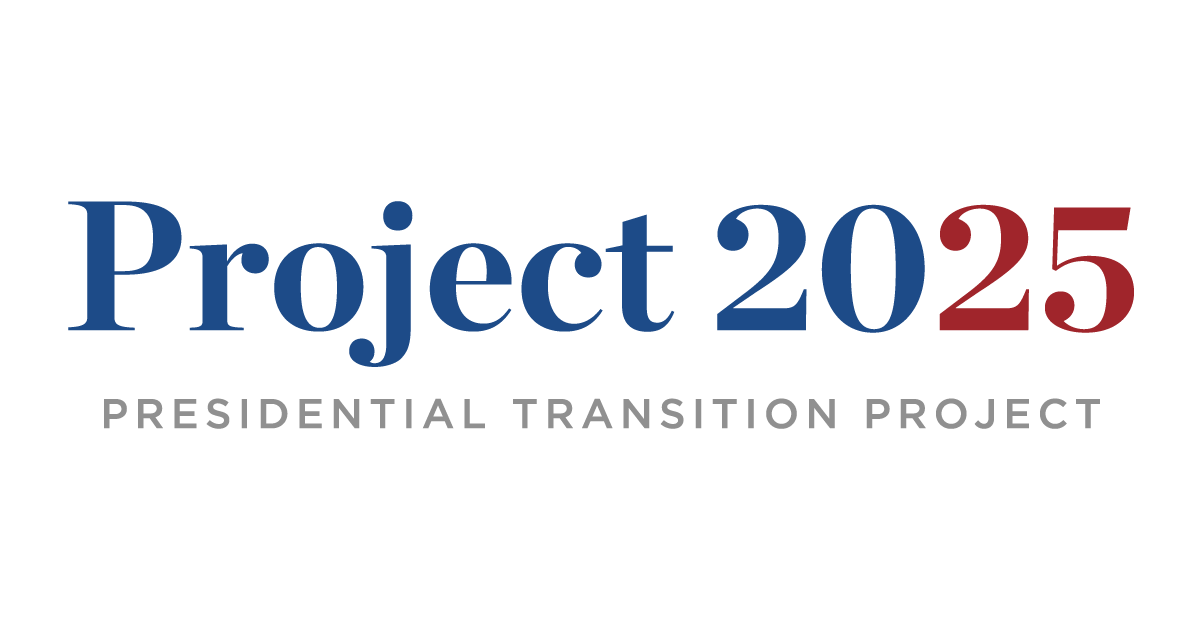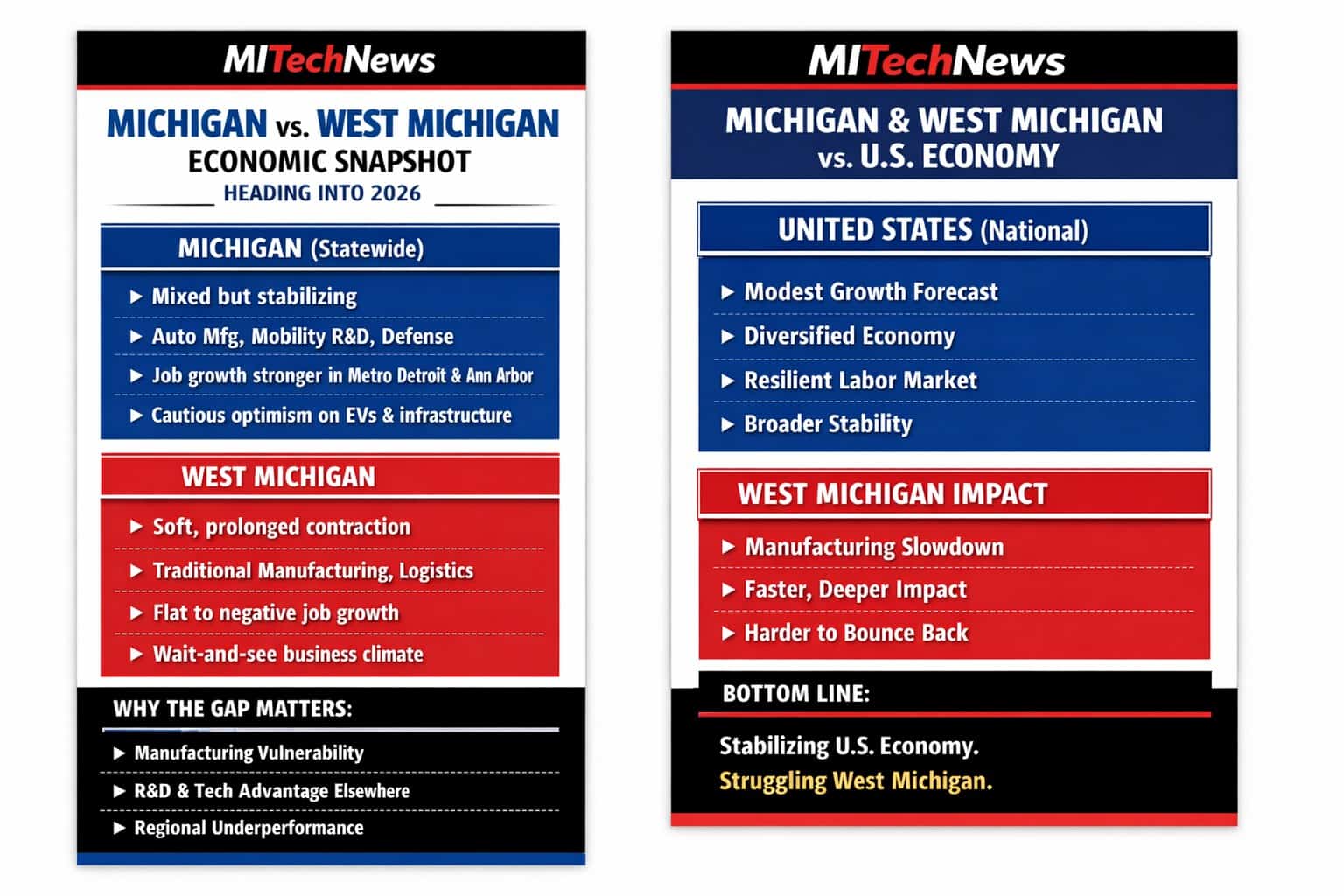WASHINGTON DC – The “Conservative Climate Change Policy: 2025 Presidential Transition Project” is a controversial roadmap put forth by conservative policymakers.
This project, also known as Project 2025, outlines a plan for the next Republican administration. Specifically, the Presidential Transition Project calls for the elimination of numerous government offices and regulations related to energy and the environment. As a result, these proposed changes would significantly restrict the government’s capacity to address climate change and pollution.
1. The Impact of the Conservative Climate Change Policy on Environmental Regulations:
The Conservative Climate Change Policy 2025 would significantly reshape the federal government’s approach to science and environmental regulations.
Key Proposals of 2025 Presidential Transition Project:
1. Politicization of Science:
Firstly, the plan proposes placing political appointees in key positions to oversee major scientific agencies, thereby reducing the limitations placed on polluting industries.
2. Dismantling Environmental Agencies:
Moreover, the project 2025 goes a step further by proposing the dismantling of several government agencies. For instance, it calls for the National Oceanic and Atmospheric Administration (NOAA) – the nation’s premier agency for ocean, weather, climate, and fisheries science – to be “dismantled” altogether.
- Disbanding Climate Research:
Additionally, the conservative plan suggests that the National Weather Service, which is part of NOAA, should shift its focus to commercial operations. Furthermore, the project recommends downsizing the Office of Oceanic and Atmospheric Research, which is responsible for much of NOAA’s climate research. The plan stated that this research should be “disbanded.”
3. Undermining Renewable Energy Research:
The “Conservative Climate Change Policy” also aims at the Energy Department. The plan calls for the elimination of offices within the Energy Department that focus on:
- Renewable energy
- Climate technology
- Energy technology research
Additionally, the Energy Department chapter of the project further demands a “whole-of-government assessment and consolidation of science,” including “a review of all the federal science agencies.” This suggests a concerted effort to centralize and potentially weaken the government’s scientific capabilities.
4. Weakening Energy Efficiency Standards:
With the help of Congress, the “2025 Presidential Transition Project” seeks to eliminate energy efficiency standards for household appliances. These standards have long been a target of congressional Republicans. They have repeatedly tried to block or roll back energy efficiency regulations implemented by the Biden administration.
2. Conservative Climate Change Policy Connections to the Trump Administration:
Former President Trump has long vocally criticized energy efficiency regulations. He also blasted standards requiring more efficient lightbulbs, showerheads, and a range of other household items. In the wake of the controversy surrounding the “Climate Change 2025 Presidential Transition Project”. However, Trump has sought to distance himself from the plan. This comes after the leader of the Heritage Foundation, the conservative think tank that put the project together, controversially called for a “bloodless” revolution.
Nevertheless, many sections of the “Conservative Climate Change Policy” were written by officials from Trump’s first administration. Furthermore, the provisions on energy efficiency standards are one of many areas where the plan appears to broadly align with the policies and priorities Trump has championed in the past.
Additionally, Presidential Transition Project would also reinstate a Trump-era measure. This measure moved the Bureau of Land Management (BLM) headquarters to Grand Junction, Colorado. Critics have argued that this effectively pushed out long-time staffers who had been based in Washington, D.C.
3. Key Provisions of the Conservative Environmental Policies Related to Fossil Fuel Development:
In an interview with The Hill, Western Energy Alliance President Kathleen Sgamma, who co-wrote the Interior Department section of the “2025 Presidential Transition Project,” made a revealing statement. Specifically, she said that section is “all about increasing [oil and gas] development and production from federal lands.”
Furthermore, Sgamma, who leads a group that lobbies on behalf of the oil industry, disclosed that the raft of proposals is intended to reverse the Biden administration’s policies that had restricted fossil fuel development on those public lands.
To provide context, upon taking office, President Biden signed an executive order pausing all new oil and gas leasing on public lands. However, this pause has since ended. Additionally, more recently, Biden signed permanent protections for about 13 million acres in the National Petroleum Reserve-Alaska.
4. Environmental Impact of Presidential Transition Project on Arctic Land Drilling:
In contrast to the Biden administration’s environmental actions, the “Conservative Climate Change Policy” aims to undo these actions. Specifically, the plan seeks to restore Trump-era policies that:
- Opened up more Arctic lands for drilling
- Reduced protections for endangered species
- Implemented restrictions on environmental reviews
And other review processes to bolster infrastructure and energy projects. Moreover, some of the blueprint’s proposals for the Interior Department would likely require an act of Congress to implement. For instance, the plan calls for the repeal of the Antiquities Act of 1906, the statute that allows presidents to designate national monuments.
However, other aspects of the “Conservative Climate Change Policy” could potentially be accomplished through the executive branch alone.
5. The EPA’s Role in the Conservative Climate Change Policy:
At the Environmental Protection Agency (EPA), the plan proposed by the “2025 Presidential Transition Project” calls for the consolidation of science and policy under political officials. Specifically, the plan includes appointing at least six political appointees who would be in charge of overseeing and changing the agency’s research and science activities.
Furthermore, the plan also calls for moving high-ranking career officials out of the EPA’s Office of Water. Additionally, it proposes eliminating the agency’s civil and criminal law enforcement office and instead moving the law enforcement officials to the EPA’s office of general counsel. This law enforcement office, known as the Office of Enforcement and Compliance Assurance, is responsible for pursuing criminal and civil penalties. They act when companies break environmental laws by polluting.
When asked about the rationale for moving those senior officials out of the water office, Mandy Gunasekara, the author of the plan’s EPA chapter, told The Hill that some officials in those roles could use their positions to create roadblocks for policy proposals they disagree with. Consequently, Gunasekara argued that moving law enforcement to the general counsel’s office could address “discrepancies” between the people who make the rules and those who enforce them.
Moreover, the EPA section of the plan calls for an “update” to the agency’s 2009 finding that greenhouse gas emissions pose a threat to human health and the environment. This so-called “endangerment finding” compels the EPA to take action to address the threat of these emissions. However, it remains unclear whether such an “update” could potentially weaken or even overturn this critical regulation.
6. Implications of the Presidential Transition Project for Climate Change Policy:
In addition to the plan’s proposals for the EPA, Project 2025 also aims to make the agency’s consideration of potentially toxic substances more industry-friendly. Furthermore, the plan calls for “revisiting” a rule that is currently set to bolster the cleanup of cancer-linked PFAS chemicals.
Notably, Mandy Gunasekara, who was the EPA’s chief of staff during the Trump administration, was involved in authoring this plan. However, when asked, Gunasekara declined to say whether she would want to serve in a second Trump administration.
The primary architect of the Interior Department section of the plan is William Perry Pendley, another former Trump official. Pendley was the acting head of the Bureau of Land Management during Trump’s presidency, though he was never officially confirmed by the Senate – despite leading the agency for over a year before being ousted by a judge.
Significantly, Pendley is a long-time advocate of selling off public lands. In a June op-ed, he wrote that the BLM should sell these lands to help resolve housing shortages in the western United States. Furthermore, Pendley has also denied the reality of climate change and the existence of the ozone layer, called the Endangered Species Act a “failure,” and made controversial statements describing undocumented immigrants as a “cancer” and claiming that Islam was at war with the U.S.
According to Aaron Weiss, the deputy director of the Center for Western Priorities, “the project makes no secret about who wrote this,” referring to Sgamma’s role in the Interior section. Weiss added that Pendley “would love it if most oil and gas policy was handed over to states even when it comes to federal lands.”
7. How Does Project 2025 Differ from Past Conservative Environmental Policies?
The “2025 Presidential Transition Project” has sparked widespread concerns among environmental advocates. According to Jamie Henn, a prominent climate activist, what alarms him about the project is not necessarily that it’s more extreme than the Trump administration’s proposals, but rather that it’s far more detailed and specific in its plans.
As Henn, the director of the non-profit Fossil Free Media, which supports ending fossil fuel use, bluntly stated: “Trump would frack the National Mall if he thought it would make a couple of bucks for donors and Big Oil.” However, Henn noted that while “Trump tends to speak in slogans,” this new transition plan “really gets into the details.”
Elaborating further, Henn explained: “We’re not only going agency by agency, we’re going into every single agency program. They’re coming in with sledgehammers and scalpels to try and dismantle any barriers to the fossil fuel industries.”
In contrast, the project’s proponents, such as Mandy Gunasekara, a former Trump EPA official, argued that the plan’s goals are to ensure that a future conservative administration is ready for immediate action with a comprehensive policy blueprint.
As Gunasekara told The Hill, “My goal is very much parallel to the goal of the whole project, and it’s to make sure that the next opportunity conservatives have to lead the administration, we don’t lose any time.” She described her aim in drafting the plan’s EPA section as “1. set out a clear policy vision and then 2. figure out the steps it would take to ultimately implement that in the most efficient manner possible.”
Verdict:
The “Conservative Climate Change Policy: 2025 Presidential Transition Project” has alarmed environmental advocates with its detailed plans to dismantle environmental regulations and remove barriers for the fossil fuel industry.
Proponents of the project argue it will allow a future conservative administration to quickly implement its policy agenda. Critics warn it threatens to undo years of progress on climate change and environmental protection. As the debate over this transition plan continues, its potential impact on the future of environmental policy remains a pressing concern for both sides.
Do you want to know more about Climate Change and Latest Technological Trends? Visit MITECHNEWS Blogs Now.
FAQs:
1. What is the 2025 Presidential Transition Project?
Presidential Transition Project also called “Project 2025” is a proposed international agreement that would restrict governments’ ability to implement policies aimed at combating climate change.
2. How would the Conservative Climate Change Policy restrict climate action?
Project 2025 would prohibit governments from enacting laws, regulations, or policies that interfere with the ability of companies to extract and sell fossil fuels. This would make it very difficult for countries to transition to renewable energy sources and reduce greenhouse gas emissions.
3. Who is behind Presidential Transition Project?
Project 2025 is being pushed by a coalition of fossil fuel companies and industry groups who want to protect their profits and maintain the status quo.
4. Why is Conservative Climate Change Policy dangerous for the climate?
Project 2025 would cement the dominance of fossil fuels and make it nearly impossible for countries to meet their emissions reduction targets under the Paris Agreement. This would lead to accelerated global warming with catastrophic consequences for the planet.
5. What are the economic impacts of the 2025 Presidential Transition Project?
In the short term, Project 2025 may benefit fossil fuel companies by protecting their profits. However, in the long run, it would lead to catastrophic climate change that would have severe economic consequences for everyone. Investing in clean energy is a much smarter economic strategy.
TAGS JOE BIDEN







